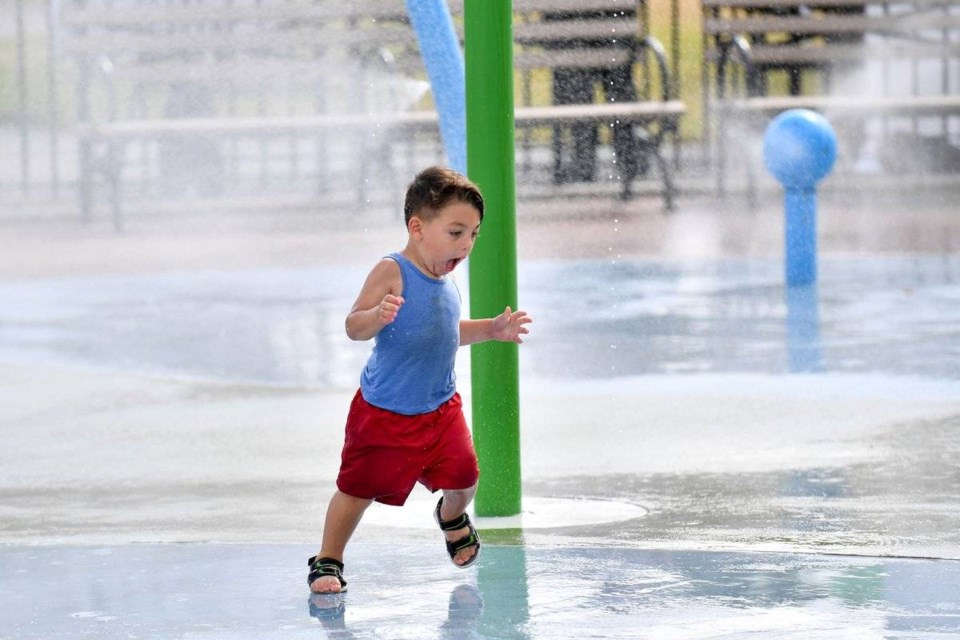Brooklyn, known for its vibrant culture and bustling streets, is also emblematic of challenges posed by urban heat islands. As a concrete jungle, Brooklyn’s landscape exacerbates heat retention, making it increasingly susceptible to heat-related illnesses, particularly among vulnerable populations such as the elderly, young children, individuals with chronic health conditions, and low-income residents.
Despite its allure, the lack of green spaces and cooling centers leaves many residents at risk. It’s time to prioritize initiatives that enhance green infrastructure, establish cooling centers, and mitigate the health disparities climate change exacerbates. By investing in these strategies, we not only combat the urban heat island effect but also foster a healthier, more equitable future for all Brooklynites.
As a lifelong resident of Brooklyn, born and raised in East Flatbush, I’ve witnessed firsthand the evolving climate of our beloved borough over the past 22 years. I share a common bond with my fellow Brooklynites, having experienced the gradual shift from cold winters and mild summers to the reality of increasingly scorching temperatures. Like many in our community, I’ve strolled through our neighborhoods during sweltering summers, longing for the shade of trees that seem too sparse, wishing for relief in air-conditioned spaces that often feel out of reach, and yearning for green spaces that offer solace from the concrete jungle. This shared experience unites us, as we all struggle with the tangible impacts of climate change in our daily lives.
The intersection of science and government spending in addressing climate change offers tangible solutions to environmental challenges and can improve societal well-being. Investing in renewable energy and sustainable technologies not only mitigates greenhouse gas emissions but also creates jobs and stimulates economic growth.
Moreover, government spending on climate adaptation measures such as establishing cooling centers, green infrastructure projects, and urban planning strategies enhances community resilience and protects public health. Many published studies speak to the advantages of green spaces in urban areas, such as the reduction of temperatures and heat-related mortality rates during heat waves.
Our very own Office of Climate and Environmental Justice says, “These investments help absorb stormwater, reduce combined sewer overflows, and improve water quality, while green spaces also help cool temperatures, clean the air, promote biodiversity, and beautify neighborhoods.”
Therefore, by investing in green infrastructure, our state government mitigates the urban heat island effect, improves air quality, and protects our elderly, people with pre-existing conditions, and young children from the adverse effects of extreme heat. Green spaces not only promote environmental sustainability but also enhance public health outcomes and foster social equity within our community.
As we navigate the challenges of climate change and health disparities, let us not lose sight of the interconnectedness of our actions and their impact on our communities. It is time for Brooklyn to reclaim its cool and forge a path toward a healthier, more equitable future for all of us.
We are all united in our desire and need for neighborhoods where the heat no longer holds dominion, but where every resident can seek solace beneath the boughs of thriving green spaces. By investing in renewable energy and implementing these climate adaptation measures, we pave the way for a brighter and more resilient future.
Together, we can build a community where equitable access to clean air, water, and green spaces is not just a dream but a reality. Let's take advantage of this opportunity to build a healthier and more sustainable society for ourselves and future generations. The future of climate adaptation in Brooklyn can be prosperous with determination, innovation, and collective action for the health and equity of our community.
Amber Cadore is a Brooklyn resident and a student pursuing her master’s degree at SUNY Downstate Medical Center.




